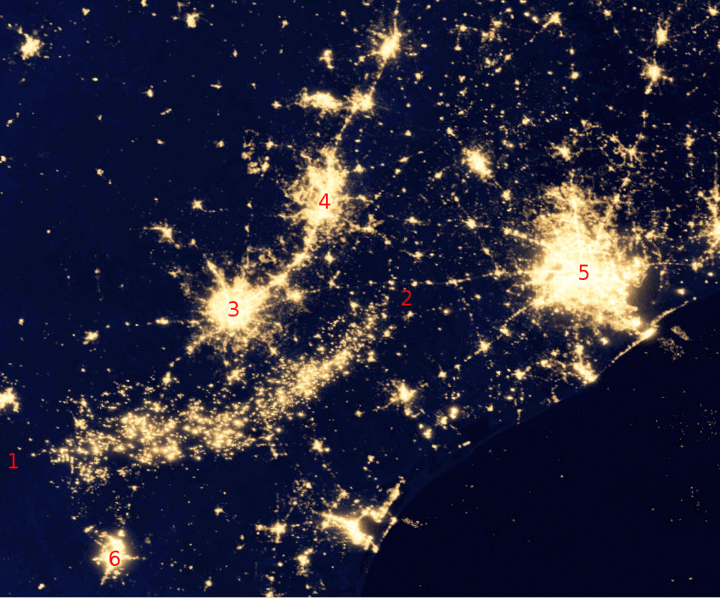The below Oct. 22, 2020 press release is from the Center for Biological Diversity.
A federal court has approved an agreement between conservation groups and the Environmental Protection Agency requiring the agency to ensure reductions in asthma-causing smog from oil and fracked gas extraction across portions of eight states.
Under the agreement, which was approved on Wednesday [Oct. 21st] by a federal court in San Francisco, the EPA must make sure that areas violating air-quality standards for smog have legally required plans in place to clean up one of the biggest contributors to the pollution: the oil and fracked gas industry.
The smog cleanup will benefit areas that are home to more than 70 million people. They include Pennsylvania, New York, Connecticut, Virginia and the greater metropolitan areas of Dallas, Houston, Denver, San Diego, Phoenix and eastern Kern County in California.
“The EPA must finally curb the filthy drilling and fracking pollution that’s endangering the health of millions of people,” said Robert Ukeiley, an attorney at the Center for Biological Diversity. “This agreement forces the EPA to do its job and reduce ozone pollution from oil and gas, which has put our children and the elderly at greater risk of poor health, and even death, for a long time now.”
People exposed to excess ground-level ozone, the principle pollutant in smog, can experience reduced lung function and increased respiratory problems like asthma attacks, causing increased visits to emergency rooms and premature death.
“The pandemic and severe wildfires have made it clear just how necessary clean air is for all of us,” said Caroline Cox, a senior scientist with the Center for Environmental Health. “Complying with the Clean Air Act, even for politically powerful industries like fossil fuels, is more important than ever.”

Upper image above: NASA Earth Observatory/NOAA NGDC
Published by Alan Kandel


